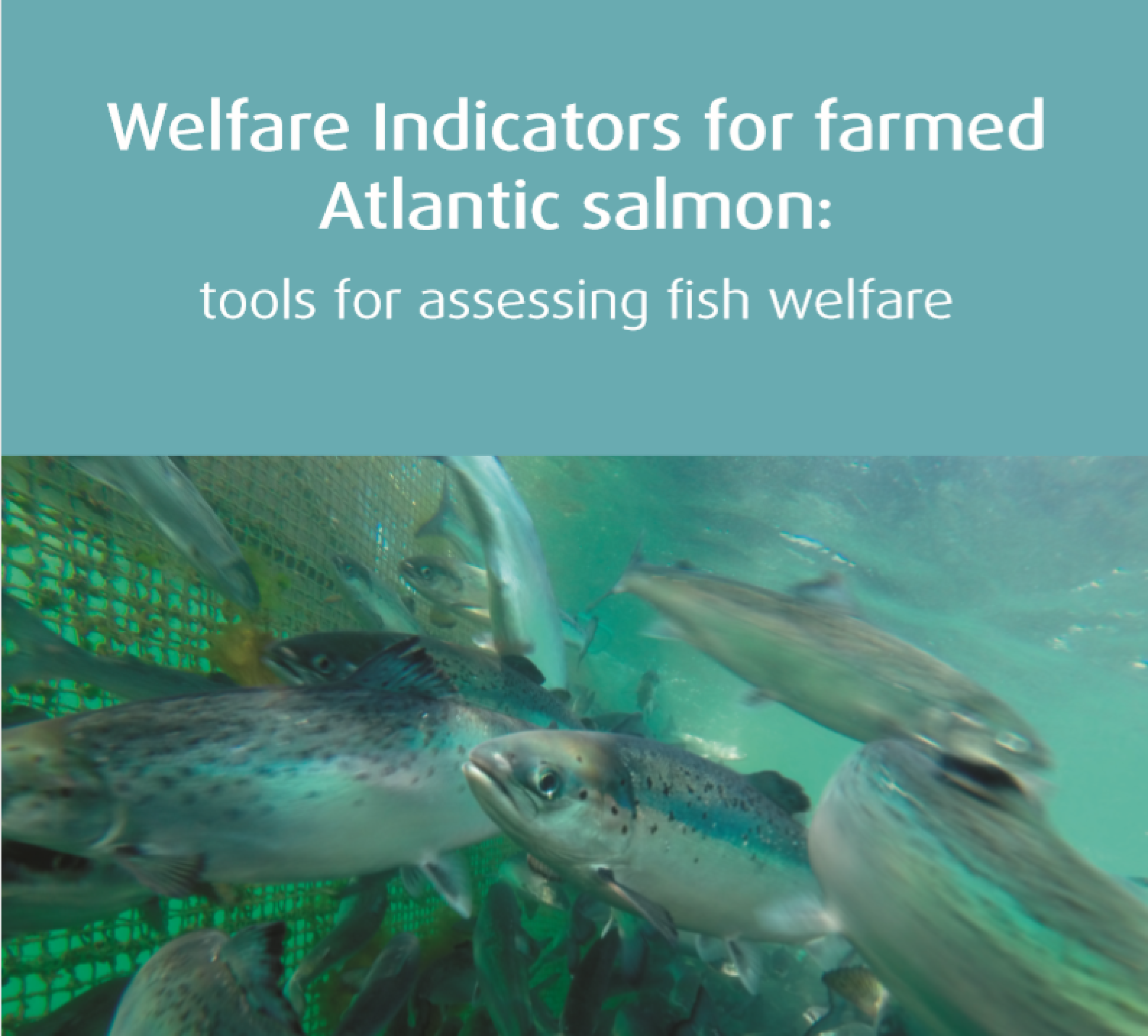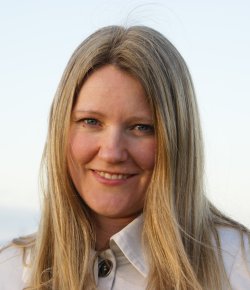
The Norwegian version of the FISHWELL handbook on welfare indicators for Atlantic salmon has been available for over a year. Now the handbook is also available in English
The handbook is a collaboration between fish welfare researchers and veterinarians at the food research institute Nofima, the Institute of Marine Research (IMR), the Norwegian Veterinary Institute (NVI), Nord University (all of whom are based in Norway) and the University of Stirling in the UK.
“The goals of the project were to provide the industry and other interested stakeholders with a handbook on the correct fit-for-purpose indicators for assessing farmed salmon welfare across different rearing systems, routines and operations. Essentially, it is a
Three parts
The handbook is split into three parts. Part A provides the reader with an updated scientific state of the art on the welfare of Atlantic salmon, in relation to its welfare needs at different
“For a welfare indicator to operational (an
“Part B covers seven well known and emerging rearing systems such as flow through, RAS, net cages, snorkel cages and semi-closed containment systems in the sea. It outlines key potential welfare challenges, some welfare assessment scenarios and any current knowledge gaps we have regarding fish welfare in each system” says Jelena Kolarevic, a scientist at Nofima and an editor and lead author on Part B.
Part C also has a section on welfare indicators for new and emerging technologies and procedures. –It gives the reader a ‘recipe’ on the process of documenting welfare in relation to new technologies, and collates key information the reader should pay attention to” says veterinarian Kristine Gismervik at the Norwegian Veterinary Institute, an editor and lead author on Part C.
"To gain further improvements of welfare measurements, it’s important to get the gathered knowledge into common use. The poster with
